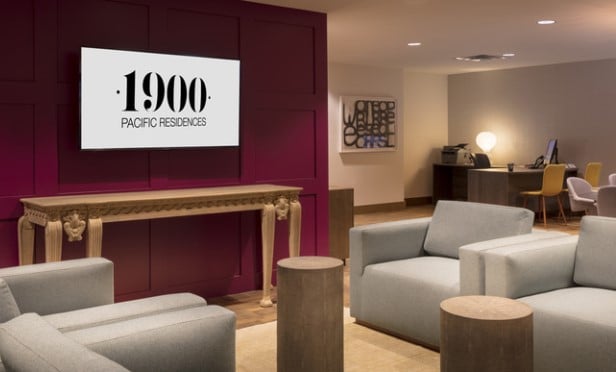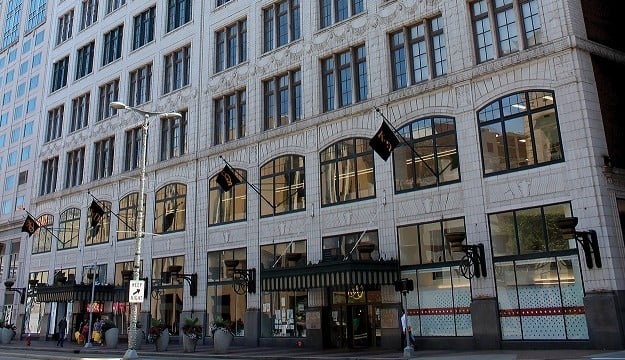
SAN FRANCISCO—Swinerton recently introduced a new brand identity as well as changes to The Swinerton Foundation as part of its 130th anniversary commemoration. The rebranding stemmed from the need for a more consistent presence as Swinerton evolves from Swinerton Builders and expands into one of the nation's largest commercial construction companies. Beyond its geographical and portfolio growth, Swinerton also expanded its charitable footprint via the Swinerton Foundation.
In part two of this two-part exclusive, Swinerton CEO Jeff Hoopes recently discussed developments in general, the Oceanwide Center, housing and what's ahead for the next 130 years.
GlobeSt.com: What percentage of development is coming from foreign investors/developers?
Hoopes: On the West Coast, somewhere around 20% of development that we're working on is from foreign investors, primarily Chinese developers. We have great partnerships with Shanghai Construction, Oceanwide, Hazens, Pacific Eagle and others.
GlobeSt.com: Please provide more detail about Swinerton's project, Oceanwide Center.
Hoopes: The Oceanwide Center in San Francisco consists of two towers—one facing First Street and one facing Mission Street—and two historic buildings. The $1.6 billion project will be one of the largest and most complex construction projects in the history of San Francisco and will change the city's skyline.
Designed by Sir Norman Foster, the project contains 265 residential units, approximately 1 million square feet of unique large-floorplate office space, and a 169-room Waldorf-Astoria hotel. The Oceanwide Center will also boast 26,000 square feet of interconnected open spaces and public plazas, highlighted by a vast, five-story-tall public square or 'Urban Room' adjacent to First Street.
GlobeSt.com: Bay Area housing is always a hot topic. What role is Swinerton playing in seeking out housing projects?
Hoopes: We've been in San Francisco for over 100 years, so we're committed to building in the city and making it a better place to live for everyone. In fact, most of our projects in San Francisco are multifamily–I believe that we're the largest housing builder in the city. Right now, we have six major multifamily projects going on: Trinity Phase IV, 1066 Market Street, 75 Howard, 875 California, 390 First Street and 288 Pacific, and more to come in the next few months. We're working on everything from high rises to condos to affordable housing and we've very proud to be delivering these solutions for our city.
GlobeSt.com: What is in your crystal ball for the next 130 years?
Hoopes: This is an interesting question–and I think the biggest changes for builders will boil down to three major things. Within the next few decades, transportation will change as we move to fleets of autonomous vehicles, and that will make a major impact in urban planning and urban design. What happens when cities don't need as many parking spaces or parking garages will be a massive change for any big city. Secondarily, there will be a continued growth of renewable energy sources—leading to a world where there's no more reliance on fossil fuels. As a company with a major presence in renewable energy, that's an exciting opportunity for us, and will also lead to a fundamental shift in how cities are built. Finally, the biggest change for contractors will be more use of prefabricated materials. It's a constant focus in building right now. Eventually, we'll be assembling as much as we can offsite, where we can control the quality and the safety much better, and bringing that to the market. We're among the leaders in this right now with our mass timber projects in Oregon and Colorado, where we're able to assemble building more quickly thanks to cross-laminated timber technology. That will make building faster, cheaper and much more efficient—we're able to cut the delivery time in half and the cost by 20%.
© Touchpoint Markets, All Rights Reserved. Request academic re-use from www.copyright.com. All other uses, submit a request to [email protected]. For more inforrmation visit Asset & Logo Licensing.







